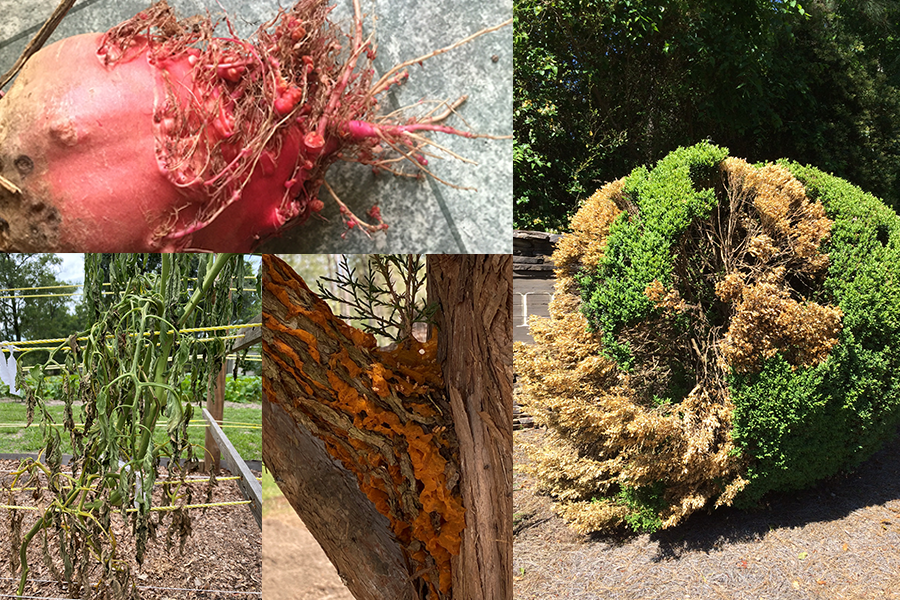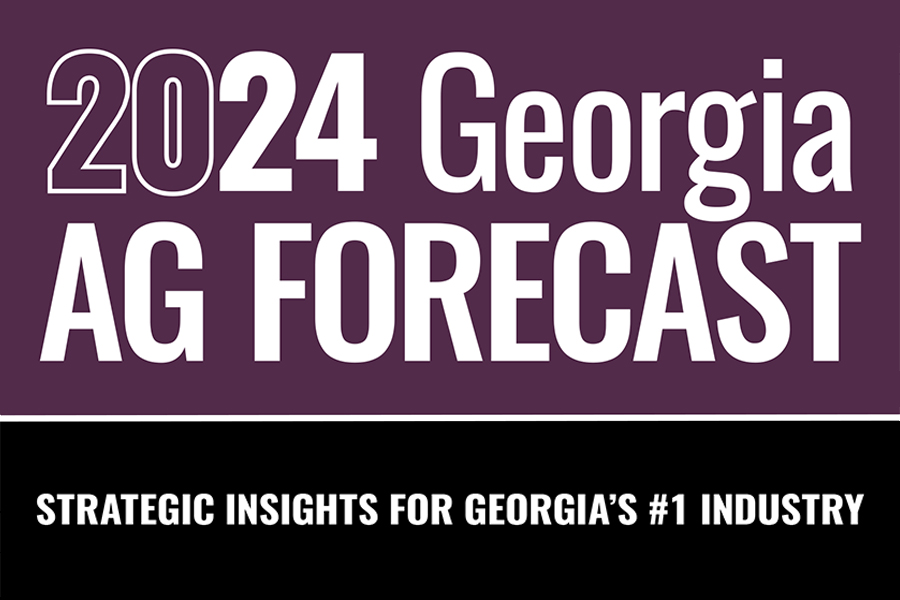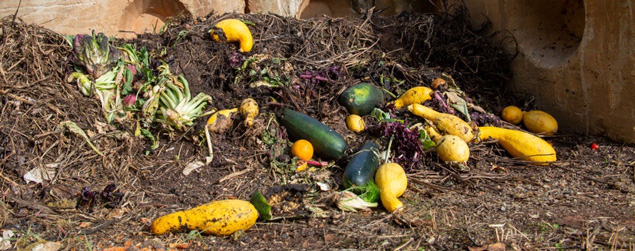General Agriculture
-

This publication provides a brief overview of the major regulatory agencies and highlights the rules that Georgia farmers should be aware of concerning storage tanks on their farms.
L. Risse and Gary Hawkins
|
-

This publication is part of a series focusing on irrigation scheduling for vegetable crops. It contains basic information on water use and irrigation management using the crop water demand method for Solanaceae crops such as bell peppers, tomatoes, and eggplants.
Justin Shealey and Laurel Dunn
|
-

This publication describes forest farming (also known as forest gardening), which can be defined as cultivation of plants under a forest canopy (as opposed to wildcrafting, the practice of collecting wild plants and products from a forest). It includes suggestions for appropriate plants for cultivation in the Southeast.
Sarah Workman
|
-

Variety selection is one of the biggest decisions and investments cotton growers make each year. In 2010, the UGA Extension Cotton Agronomists implemented the UGA On-Farm Cotton Variety Evaluation Program to assist in this decision. In this annual publication, varieties were evaluated in 2020 across a wide range of environments in the cotton producing regions of Georgia in cooperation with county agents and industry partners. The implementation of this program has made a tremendous impact on variety selection from year to year, and it will continue to have the same impact in the future.
R. Black, Phillip Roberts, John Elsner, Robert Rogers, and Lavesta Hand
|
-

Variety selection is one of the biggest decisions and investments cotton growers make each year. In 2010, the UGA Extension Cotton Agronomists implemented the UGA On-Farm Cotton Variety Evaluation Program to assist in this decision. In this annual publication, varieties were evaluated in 2020 across a wide range of environments in the cotton producing regions of Georgia in cooperation with county agents and industry partners. The implementation of this program has made a tremendous impact on variety selection from year to year, and it will continue to have the same impact in the future.
Wade Parker, John Elsner, Robert Rogers, and Lavesta Hand
|
-

2021 plant disease losses, including control costs, amounted to an estimated $889 million. The value of the crops used in this estimate was approximately $7690 million, resulting in a 11.6% relative disease loss across all crops included in this summary. For most crops, the estimated values used to compute these disease losses are summarized in the UGA Center for Agribusiness & Economic Development’s “2021 Georgia Farm Gate Value Report” (AR-22-01). Some estimates for fruits, ornamentals, and turf rely on specialists’ knowledge of the industry and industry sources for information.
Harald Scherm and Elizabeth Little
|
-

AP 130-2
2024 Georgia Ag Forecast
Each year, UGA’s agricultural economists develop a comprehensive overview to help various sectors of the agriculture industry navigate the year ahead. As Georgia’s land-grant university, the University of Georgia conducts cutting-edge research on critical and emerging issues that are important to the agriculture industry. From this research, UGA provides the best information and education available to producers and constituents to equip them with knowledge and decision-making tools for their businesses.
The 2024 forecast includes these sectors:
1. U.S. Economic Outlook
2. Georgia Agriculture Economic Outlook
3. Inputs and Production Expenditures
4. Cotton
5. Peanuts
6. Corn, Soybean, Wheat
7. Poultry
8. Beef Cattle
9. Dairy
10. Fruits and Tree Nuts
11. Vegetables and Pulses
12. Green Industry: Nursery, Greenhouse, and Turf
13. Timber Situation and Outlook
14. Agritourism, Hospitality, and Travel
15. Georgia’s Alcoholic Beverage IndustryBenjamin Campbell
|
-

This is an annual report highlighting research conducted during 2021 and 2022 for Vidalia onions. Research topics include: variety trials, irrigation and fertilizer strategies, sulfur content in soils, effect of fertilizers on yield, thrips, factors affecting postharvest incidence of bacterial bulb rot, and Botrytis leaf blight.
Tim Coolong, Christopher Tyson, Aubrey Shirley, and Theodore Mcavoy
|
-

Whether from a local store, regional supplier, or another farmer down the road, understanding where your soil amendments come from and how they were handled prior to reaching your farm or garden is necessary to ensure you are sourcing the highest quality product with the lowest amount of risk.
Laurel Dunn and Theodore Mcavoy
|